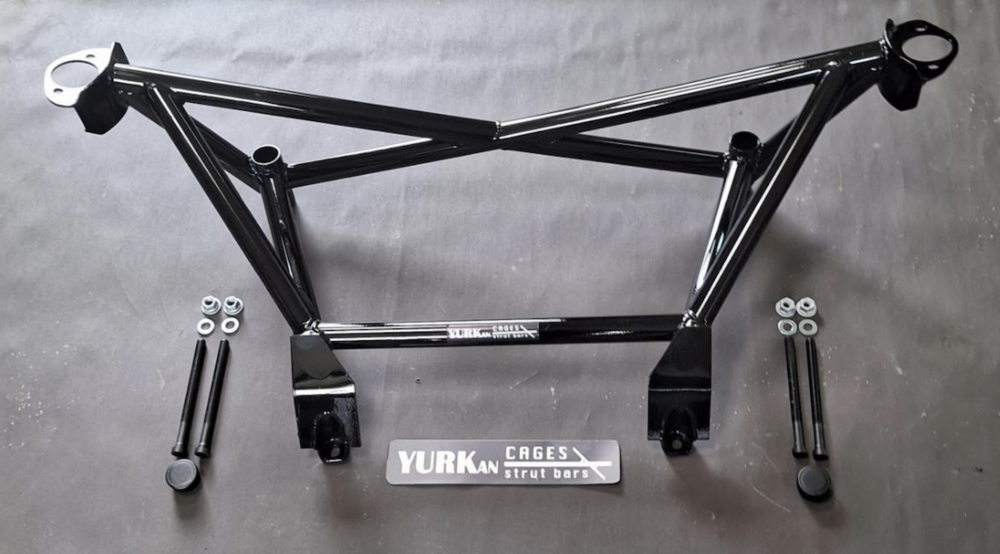Originally posted by karter16
View Post
There’s a boot animation that happens after the splash screen that says “powered by android” and it also appears to be customizable. It seems like the boot animation is fundamentally just PNG files zipped up. Did you consider also replacing the boot animation so it stays consistent with the stock boot up?
background on compiling a custom boot animation: https://emteria.com/blog/custom-boot...id?hs_amp=true
I’ll note that you made the right call with the Xtrons. It’s leaps and bounds ahead of the Avin unit that crapped out on me after two years. I should have switched earlier.


Leave a comment: